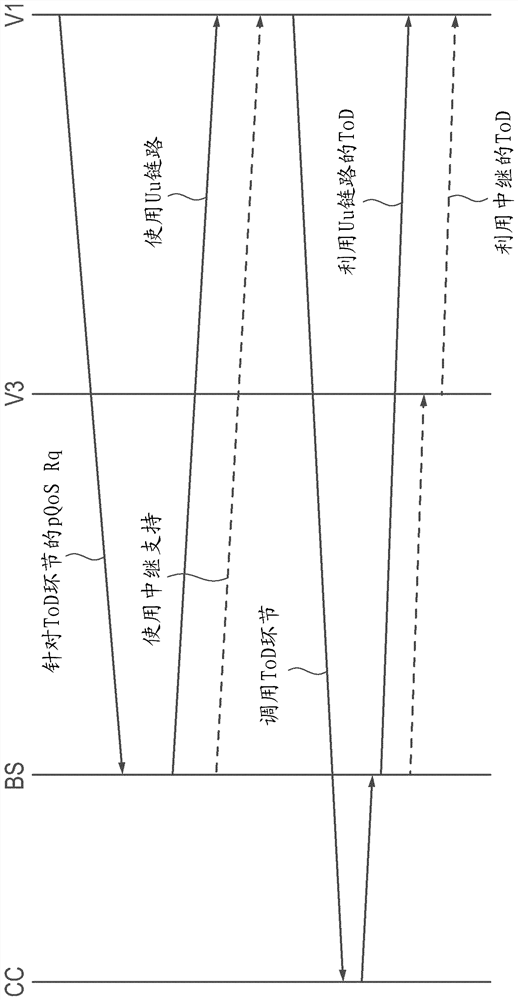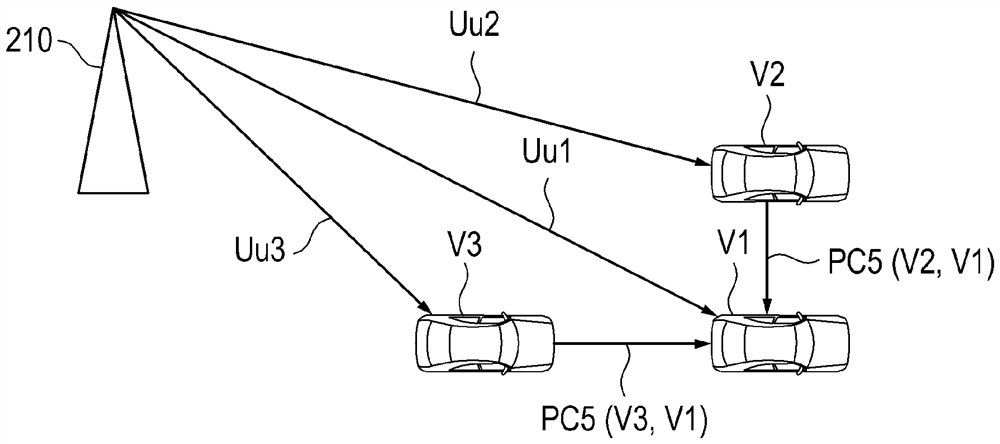Method and device for managing communication between base station and at least one mobile communication partner, computer program and vehicle
A technology of mobile communication, cellular mobile communication, applied in the field of devices, computer programs and vehicles for managing communication between a base station and at least one mobile communication partner, capable of solving problems such as application failure, violation, etc.
- Summary
- Abstract
- Description
- Claims
- Application Information
AI Technical Summary
Problems solved by technology
Method used
Image
Examples
Embodiment Construction
[0047] The description illustrates the principles of the disclosure. It will thus be appreciated that those skilled in the art will be able to devise various arrangements which, although not explicitly described or shown herein, embody the principles of the disclosure.
[0048] All examples and conditional language described herein are intended for educational purposes to assist the reader in understanding the principles of the disclosure and concepts contributed by the inventors to advance the field, and should be construed as not limited to such specifically recited examples and conditions.
[0049] Thus, for example, it will be appreciated by those skilled in the art that the diagrams presented herein represent conceptual views of illustrative circuits embodying the principles of the disclosure.
[0050] The functions of the various elements shown in the figures may be provided by using dedicated hardware as well as hardware capable of executing software in association wit...
PUM
 Login to View More
Login to View More Abstract
Description
Claims
Application Information
 Login to View More
Login to View More - Generate Ideas
- Intellectual Property
- Life Sciences
- Materials
- Tech Scout
- Unparalleled Data Quality
- Higher Quality Content
- 60% Fewer Hallucinations
Browse by: Latest US Patents, China's latest patents, Technical Efficacy Thesaurus, Application Domain, Technology Topic, Popular Technical Reports.
© 2025 PatSnap. All rights reserved.Legal|Privacy policy|Modern Slavery Act Transparency Statement|Sitemap|About US| Contact US: help@patsnap.com



